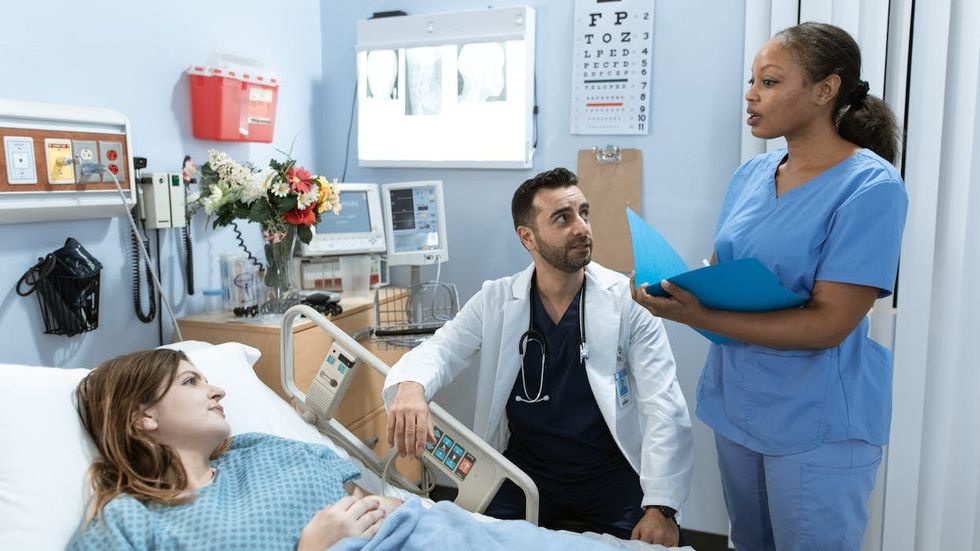Telemedicine appointments became the norm for many health care providers and patients during the height of the COVID-19 pandemic in 2020 and 2021. While many nurses and doctors grew familiar connecting with patients via computers and phones, recent data shows that telehealth usage rates have peaked and many people are again seeking in-person appointments.
The trend back to physical connection at clinics and doctors’ offices will be an adjustment for some, including health care providers, who must not only diagnose symptoms but clearly offer empathy to patients. How exactly is that compassion communicated and demonstrated?
For health care providers that equates to looking directly at the patient — rather than a tablet or notepad — and making eye contact, Mary Catherine Beach, MD, MPH, a professor in the Department of Health, Behavior and Society and at the Johns Hopkins School of Medicine, said during an interview withPublic Health On Call. When a patient is sharing their concerns, nodding from the health care provider communicates that he or she is absorbing all the information being sent their way. Even better, Beach says, is paraphrasing the patient’s testimony and simply asking a lot of questions.
“I spend most of my time trying to improve the way health professionals communicate,” Beach says. “That includes things like proactively showing patients that they're listening, explaining things in a way that the average person can understand, not giving long lectures using big words. I also encourage them to ask patients what they would like to hear or what questions they have before launching into long explanations.”
Beach also encourages health care providers to shy away from medical terms that most patients wouldn’t be familiar with; speak plainly and clearly so the patient is not confused or frustrated.
This careful and empathetic approach — even if it’s done via a telehealth appointment — can yield extraordinary results. If patients don’t feel heard or are unsure health care providers care about their well-being, they are less likely to follow advice and adhere to lifesaving medications, according to research.
Find out more about effective doctor-patient communication at hss.edu/conditions_doctor-patient-communication.asp.











































































